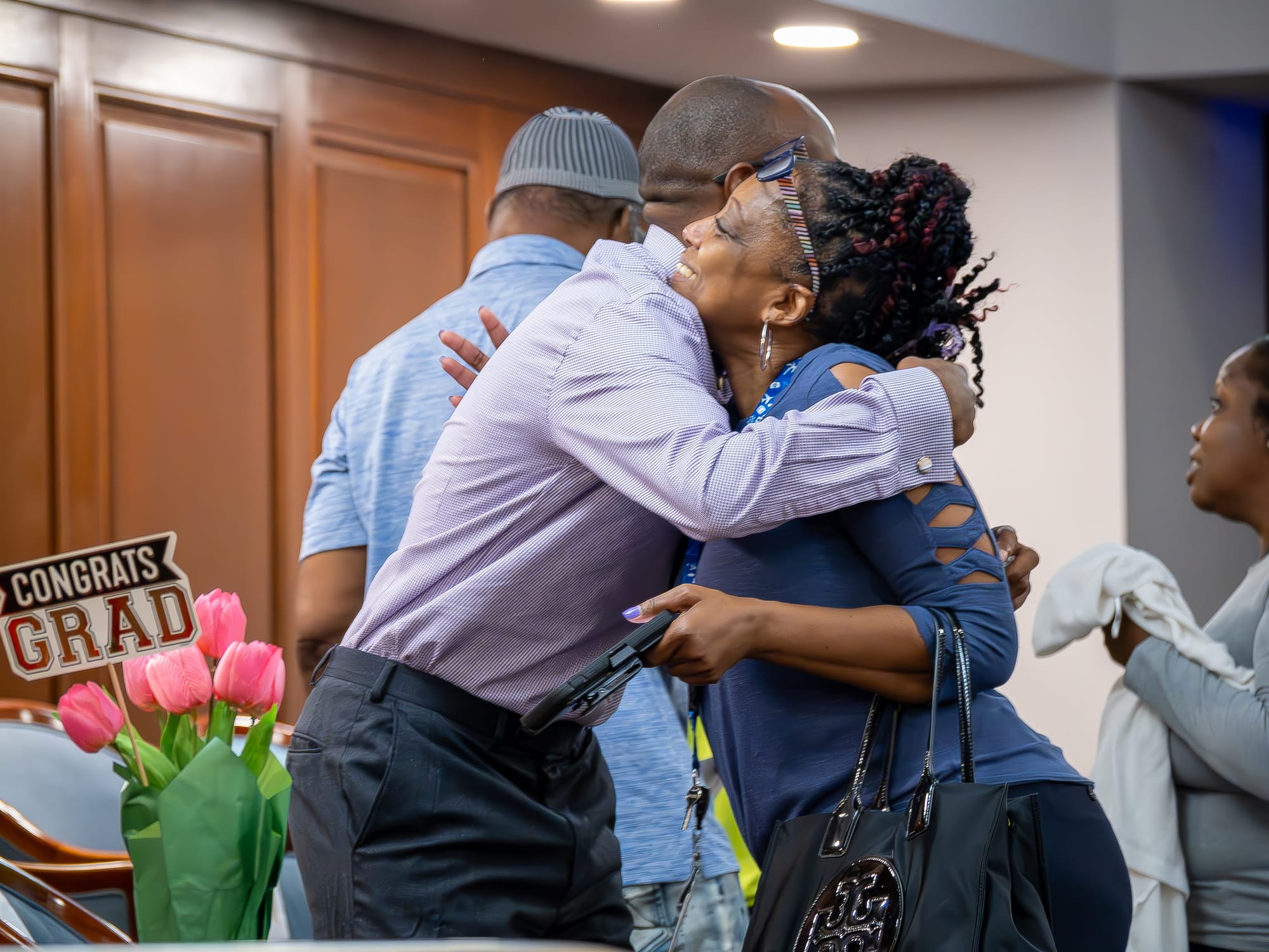
The War on Drugs has ravaged Baltimore’s Black communities for more than a century. Thousands of residents have been pushed into the destabilizing pipeline of the criminal justice system, all under the guise of improving public safety.
Baltimore’s police force has arrested fathers, mothers, and other loved ones, breaking up families and interrupting access to stable housing, income, and social services. Heavy-handed crackdowns have inflicted fear on neighborhoods while forcing those who use drugs to less predictable, more lethal sources. The war has not only rocked communities, but it has also killed many neighbors.
31 years ago, Baltimore officials adopted a program that, in theory, marked a departure from the long-standing punitive drug policy that threw people who needed help into jail cells.
In 1994, city officials established the Adult Drug Treatment Court, also known as Drug Court, as the judicial system’s best answer to the drug war. Since then, judges have dismissed cases against several hundred people who had substance use issues and agreed to plead guilty to nonviolent crimes, including distribution and prostitution, or violations of probation. The individuals had undergone rigorous monitoring and complied with court-mandated sobriety. In the past decade alone, tens of thousands of people have been charged with drug-related crimes.
Both Baltimore’s Circuit Court and District Court offer a diversion program for nonviolent offenders with substance use issues. The program lasts at least 18 months, and participants have to report to a judge and probation agents to remain in compliance.
The Baltimore courts’ diversion program is one of the few the city has adopted as an alternative to the standard criminal justice system. Drug Court aims to prevent recidivism and offer rehabilitative services instead of incarceration for people facing charges for non-violent crimes and who have substance use-related issues. Proponents say Drug Court promotes recovery, shows compassion for drug users, and remedies the harms of criminalization, though relatively few people qualify for the diversion program.
Other participants have fallen through the cracks of the shaky foundation upon which the diversion program is built — one that demonstrates the city’s failures to address drug use without interventions from the police or criminal justice system.
“If you were to ask substance users what they need, would they want more surveillance? Or do they want communities of care and systems of care, and resources they should be entitled to within their human rights?” said Matt Parsons, a community lawyer with the Baltimore Action Legal Team who provides pro bono legal services to many individuals with drug charges.
Drug policy reform advocates have pushed for drug decriminalization, overdose prevention centers, and increased investments in areas such as housing, education, and harm reduction.
City leaders have invested millions of dollars in Drug Court and the Law Enforcement Assisted Diversion program, or LEAD, which allows cops to refer low-level offenders with substance issues to treatment and social services without arresting them.
While LEAD attempts to intervene before an individual is arrested, both programs still work within the confines of law enforcement and criminal justice.
Drug Court involves public, private, and nonprofit agencies working together to supervise individuals in lieu of incarceration. Case managers in the program can also assist participants with employment opportunities, educational programs, and state or federal benefits.
For those who qualify, it’s either sobriety or a jail cell.
Although substance use counselors and social workers may play an advisory role in assessing the needs of an individual, it’s ultimately up to a judge to have the final say in whether someone qualifies for Drug Court — and what level of treatment they are required to complete if they’re accepted into it.
While judges often want what’s best for the participants, substance use is far from their area of expertise, said Sheila Vakharia, managing director of research and academic engagement at the Drug Policy Alliance, a national drug policy reform nonprofit.
“They’re undergirded by this idea that people who use drugs are incapable of making autonomous choices and knowing what’s good for them, and that their use is out of control and their brain is hijacked by drugs,” Vakharia said.
So, confronted with the choice of incarceration or mandated treatment, do those placed in Drug Court ever really have a say in the matter?
That question lingered as the city marked the “graduation” out of Drug Court for eight men in late September.
Sitting alongside prosecutors, probation agents, and a public defender in a second-floor courtroom at the Elijah E. Cummings Courthouse, they weren’t there to make a plea; they were there to have their cases dismissed.
Ashton Tubman, a keynote speaker and Drug Court graduate, spoke candidly about his reservations while in the program. At one point, he was forced to leave the Weisman-Kaplan House, a long-term residential substance use treatment program.
“I didn’t want to go back,” Tubman said. “I did not want to go back.”
Tubman eventually returned to the program and completed it, but his story speaks to one of the fundamental flaws of Drug Court: mandated sobriety. Baltimore may be a city with a robust harm reduction infrastructure, but abstinence is the only option in the court’s eyes.
“There's a lot of other potential ways to address drug use other than complete sobriety,” said Sachini Bandara, an assistant professor at the Johns Hopkins Bloomberg School of Public Health. “It's kind of a spectrum of care that one could receive, and the same is true for mental health care. And there are definitely some issues around agency.”
Mandated treatment is not only controversial, but there’s little evidence that it makes a lasting impact on health outcomes. In addition, the quality of care offered at treatment facilities that participants may enroll in — including access to life-saving opioid use disorder medications — can vary.
Amid an unprecedented overdose crisis, diversion programs such as Drug Court have failed to separate the court system and policing from drug use, showing that the city is still looking at drugs through a criminalization lens rather than one of public health, Bandara said.
“A lot of the Drug Court evaluations don’t actually include substance use disorder-related measures,” she said. “The outcome they're looking at is recidivism, and I think that really reflects that Drug Courts are a tool within the criminal legal system.”
Despite this, those in power and the police have still heralded Drug Courts and other diversion programs as a compassionate way to place people who use drugs into quality care rather than behind bars.
“We understand that we are not going to cite or arrest our way out of addiction,” said Lindsey Eldridge, spokesperson for the Baltimore Police Department.
But for some people who have actually been through the program, it failed in its mission to rehabilitate rather than incarcerate.
Two decades ago, the court system told Angela Owens that she wouldn’t be incarcerated for a prostitution charge she faced if she completed the Drug Court program.
Owens, now 58 and living in the Carroll-South Hilton neighborhood, spent much of her earlier adult years on the streets of East Baltimore. She was addicted to heroin, cocaine, and alcohol at the time she was arrested.
She was scared, and she wasn’t ready to get sober.
“If you're not ready, don't do it, because they're gonna get you,” Owens said.
“You're gonna mess up. It's guaranteed you're gonna mess up, and that's what they're waiting for. They're waiting for you to mess up so they can do exactly what they say they're not gonna do, and that is lock you up. You're gonna go to jail. They will give you enough rope to hang yourself.”
Owens spent the first 45 days of her Drug Court experience completing a jail-based treatment program before moving to transitional housing. She was being treated, but she was also incarcerated — something Drug Court was supposed to prevent.
Once out of the jail-based program and in transitional housing, she went on the run. After being caught, she was allowed back, which involved another 45 days in jail-based treatment. She eventually left the program again for another two years before eventually turning herself in.
Upon her return, her probation officer encouraged her to serve five years in prison for the single prostitution charge because she violated the terms of her probation. She ended up doing 18 months. Although she continued to struggle with substance use, she is now nearly five years sober and working on obtaining her license as a peer recovery specialist.
Drug Courts may have evolved since then, and Owens acknowledged Drug Court can be helpful for some people. But she still warns that those who use drugs or are in abstinence-based recovery should be cautious when presented with Drug Court as an alternative.
“It’s damned if you do, damned if you don’t,” Owens said.
Because of differences among programs nationwide, it’s difficult for researchers to gauge the efficacy of Drug Court programs.
The state’s Administrative Office of the Courts measures Drug Court graduation and retention rates, but the data includes all problem-solving courts, including Mental Health Courts. The overall graduation rate was 63.6%, although data was not available for individual programs.
Kara Martinez, the circuit court’s drug coordinator, said data on local recidivism rates is not available.
“We don’t have a great way to track that, short of me constantly checking Case Search to see if anyone has been rearrested, and that’s just not feasible,” Martinez said in an email.
Diversion programs are very selective. To be eligible for the Circuit Court’s program in Baltimore City, individuals must have no open cases in any other jurisdiction other than Baltimore City, which can significantly limit the number of people who qualify. People are also ineligible if they’ve ever been convicted in the past decade of violent crimes or certain felony charges, including handgun, robbery, and arson charges.
“Our numbers are much lower than they should be,” Martinez said. “Part of that is due to an unwillingness of folks to enter the program, and part of that is due to restrictions we have on what types of charges/convictions a potential participant can have.”
58 people are currently participating in the city’s Circuit Court’s Drug Court program, but 10 of them are inactive because they’ve been incarcerated for new charges, Martinez said. In the past year, 17 people have graduated. The Circuit Court’s Adult Drug Treatment program has an annual budget of $270,000 for personnel costs, case management, and other services.
The district court’s program has 23 active participants, said Terri Charles, spokesperson for the Administrative Office of the Courts. In the past year, 13 people have graduated.
In these programs, returning to drug or alcohol use is not itself grounds for incarceration, court officials have said, though it can force individuals into higher levels of care and lengthen the process. Refusing to abide by the program’s strict rules, even if it's not the best treatment option for them, can lead to incarceration.
At the core of Drug Court is that choice: incarceration or sobriety. But even then, that choice is only available for a select few as many people — especially Black residents — are sent straight to a jail cell.
Black defendants “face more serious charges and are overrepresented” in drug charges, and “more than 1 in 3 cases involve drug charges as the most serious offense,” according to a 2022 report from the Baltimore State’s Attorney’s Office and researchers from the University of Maryland and Howard University.
The report was published in partnership with the office of former State’s Attorney Marilyn Mosby, who implemented de facto decriminalization in 2020. The move was hailed by advocates and public health experts as an effective way of addressing the harms of criminalization.
A Baltimore Beat investigation in June revealed that while arrests had plummeted over most of the last decade, those impacted are almost exclusively Black.
The decline in arrests continued until State’s Attorney Ivan Bates took office in 2023 and reinstated the prosecution of low-level drug crimes. He also implemented the Citation Docket, which was meant to hold people accountable while offering them social services, with jail time and fines used only after community service opportunities weren’t utilized.
In practice, citations have rarely been used. Bates' office did not respond to requests for comment about the Docket, including how many people his office connected to services.
These trends have continued despite the LEAD program, an effort to augment diversion services by avoiding arrests completely. The Police Department’s Central District piloted LEAD in 2017, the same year that the city entered into a consent decree in the aftermath of the death of Freddie Gray. The program was intended to offer a more hands-off approach to diversion.
LEAD has not expanded beyond the city’s Central District since its inception, despite its now $700,000 annual budget, and an additional $5 million it was granted from the city’s opioid restitution funds last year. Misdemeanor drug-related arrests in the district are up 27% compared to this time last year as of early September, indicating referrals may not be a priority for the cops.
In the 2024 fiscal year, there were just 19 new referrals from community organizations and police officers, a 41% decrease from previous year, according to Behavioral Health System Baltimore, which helps run the program. There have been 17 referrals in the first quarter of fiscal year 2025, from July to October.
That fiscal year, 62% of LEAD participants had access to safe housing, 47% were connected to mental health services, 49% were connected to substance use treatment, according to BHSB data published in April.
Those referred to resources through the program have a 58% lower chance of being arrested, per a 2021 BSHB report that analyzed outcomes among participants. In addition, 45% of participants acquired housing and 58% saw income increases.
“The program has been successful in working with people who traditionally have not been served well in the behavioral health system by providing an alternative to arrest for people by diverting them from the criminal justice system to community-based services, like affordable housing and substance use treatment,” said Adrienne Breidenstine, spokesperson for Behavioral Health System Baltimore.
Baltimore’s LEAD program also comes with a long list of requirements, similar to Drug Court. Individuals are ineligible if they have any open warrants or are under supervision, such as parole or probation. They also can’t participate if they have been convicted of certain charges, including firearms charges and arson, within the last decade. If an officer interacting with someone deems them too intoxicated, that can also disqualify them from entering the program.
Ultimately, it's often at the officer’s discretion to decide whether to put someone in jail or direct them to potentially life-saving services, which public health experts and advocates have deemed problematic.
“What they’re saying is that if you’re already criminalized, we’re going to criminalize you even more,” said Parsons, the community lawyer for the Baltimore Action Legal Team. “You're not eligible for that exit ramp away from the worst possible situation just because you may already have a record.”
Data shows that diversion programs have undoubtedly helped some people, but it’s a relatively small number compared to the tens of thousands of people who have been put in cuffs over charges such as drug possession in the last decade.
In September, at a hearing billed as a discussion of “public health-centered solutions” to the overdose crisis, the Baltimore Police Department’s commissioner emphasized the need to target people who use drugs, breaking from the decades-long consensus among public health experts.
The plan, Police Commissioner Richard Worley said, was to arrest some of the city’s most vulnerable residents for intelligence on dealers and suppliers.
“There’s no way around it,” Worley said.
While the courts praise diversion programs and city officials voice their support of harm reduction initiatives, the police continue to crack down without any pushback from elected officials.
Experts say compassion, not punishment, is the one thing that people who use drugs need most. And that was abundantly clear at the city’s late September Drug Court graduation ceremony.
In a rare scene in a Baltimore City courtroom, the group of graduates embraced the judge. With their family members proudly watching, the men shared laughs and smiles with prosecutors, probation agents, and public defenders.
That day, it was clear that human connection, not the criminal justice system, made all the difference.
Public health experts and activists say that’s what’s been needed all along as the War on Drugs has raged on largely unabated for more than a century, leaving behind only pain and suffering.
“Wouldn’t it be great if everyone felt like they had teams of people who gave a shit about them?” Vakharia, of the Drug Policy Alliance, asked. “Wouldn’t it be great if you felt like you had a team of providers on your side who were rooting for you, who were there to check on you periodically? Why can’t we create systems where the support is there, but without the threat of jail?”




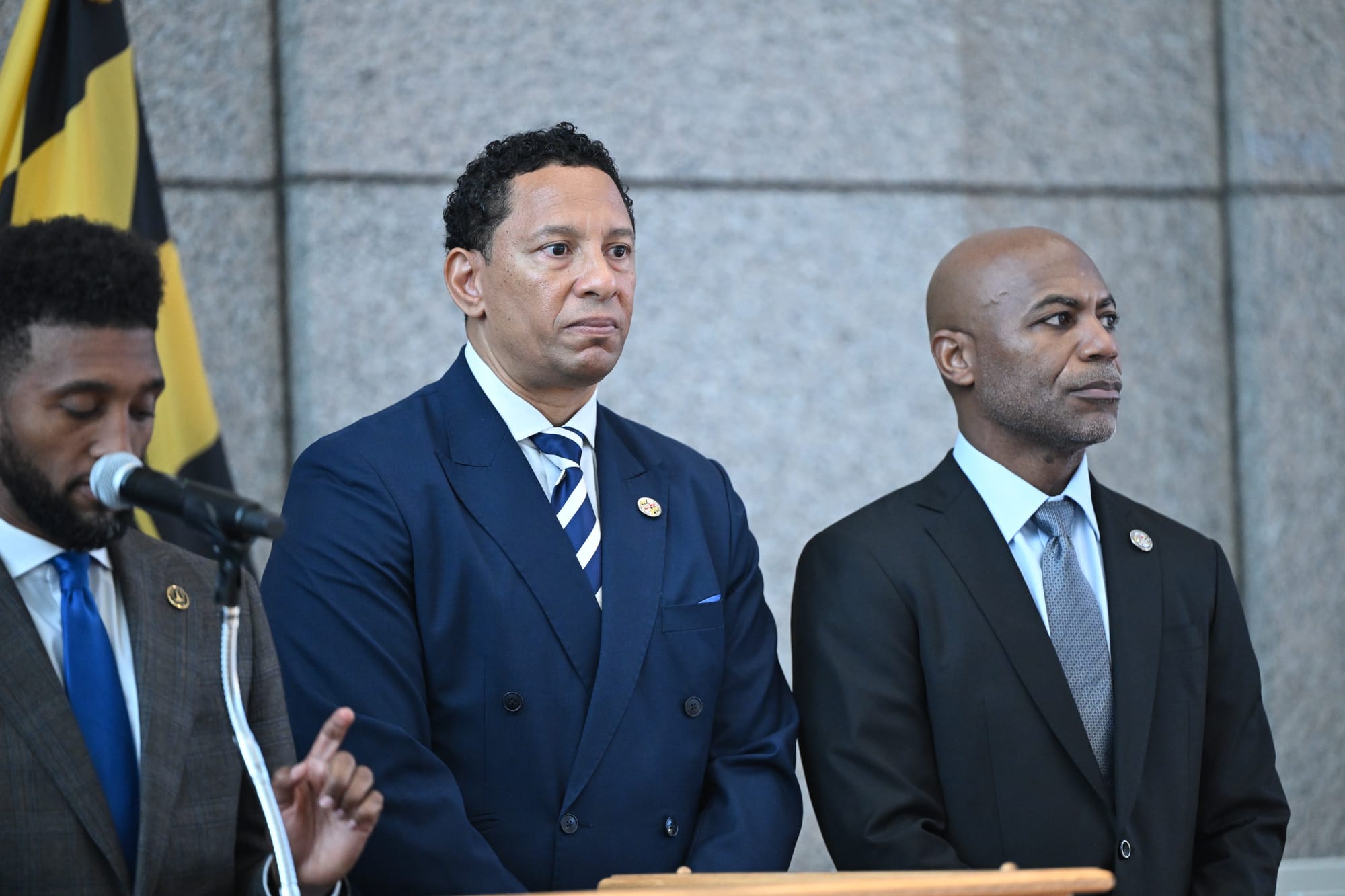
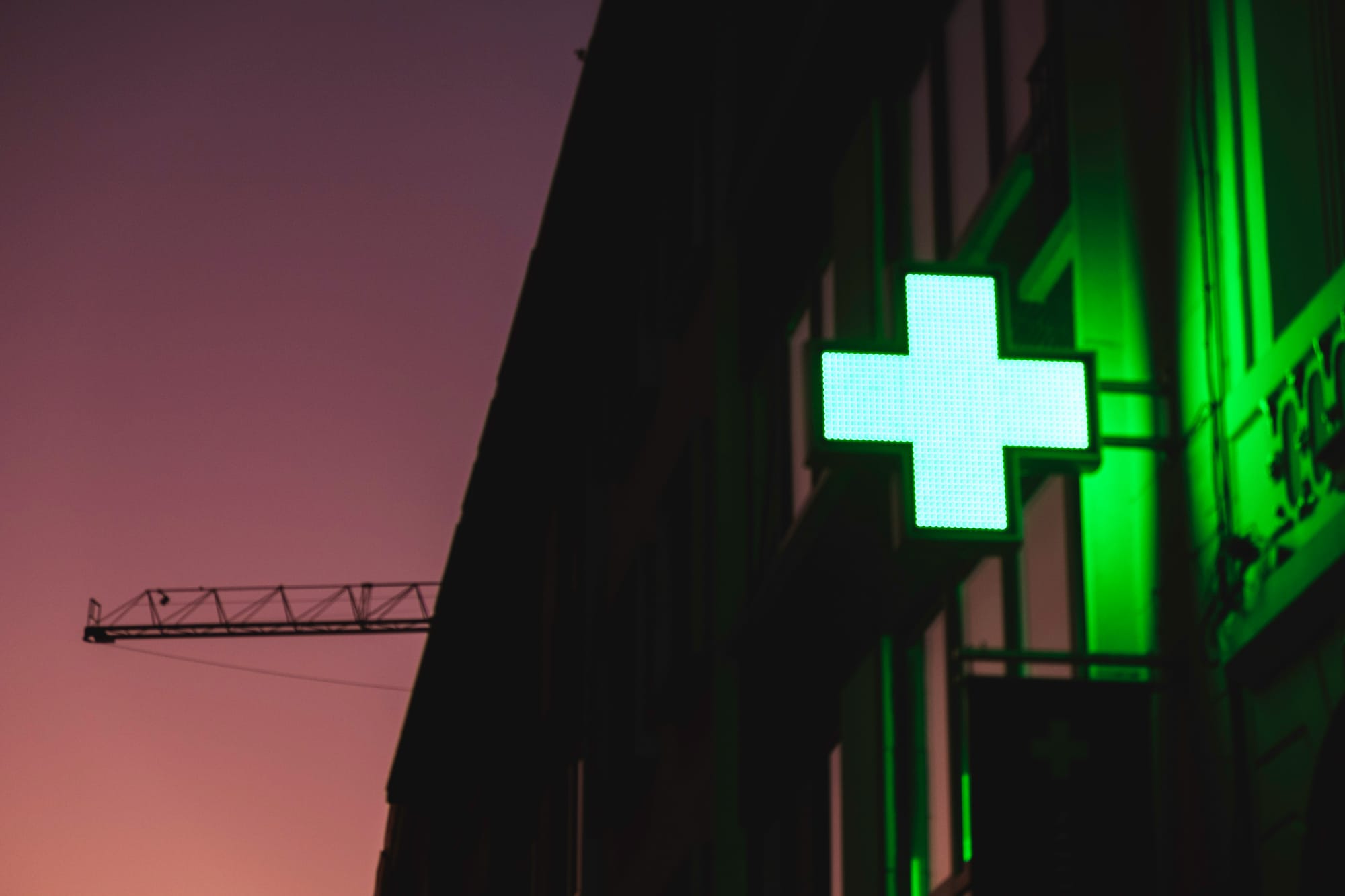
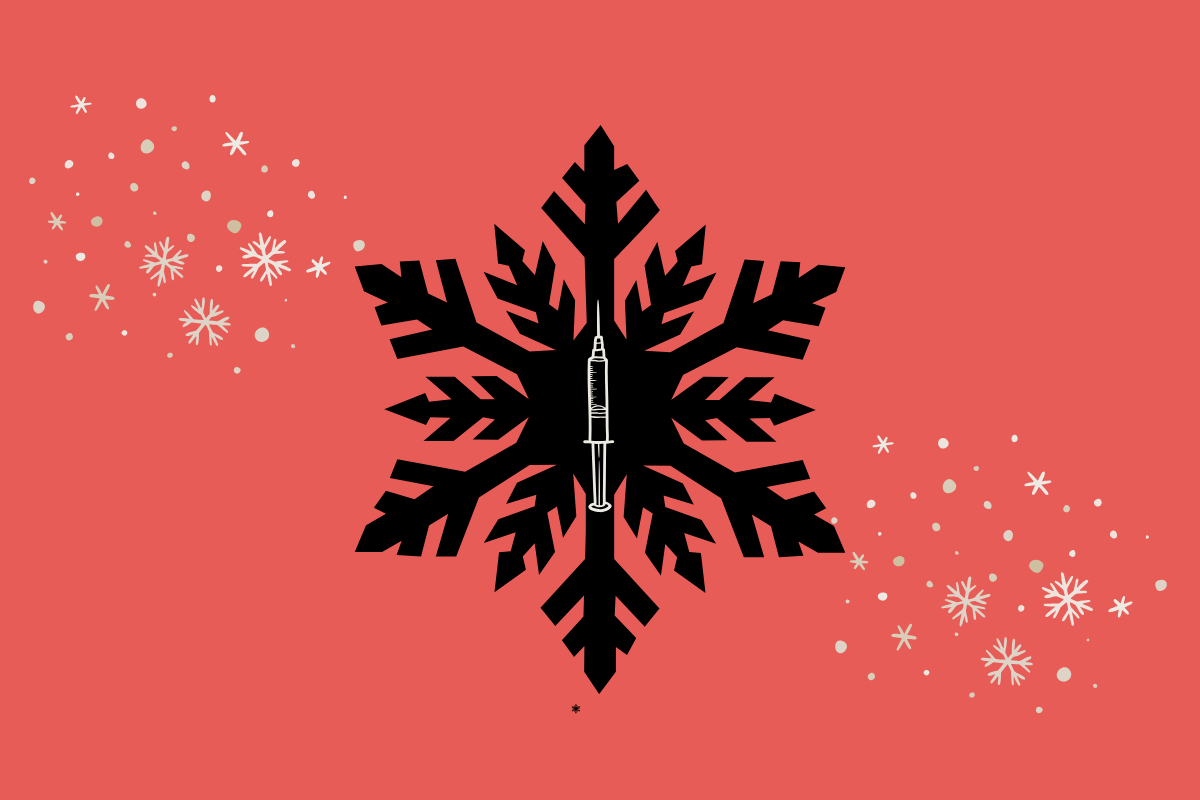
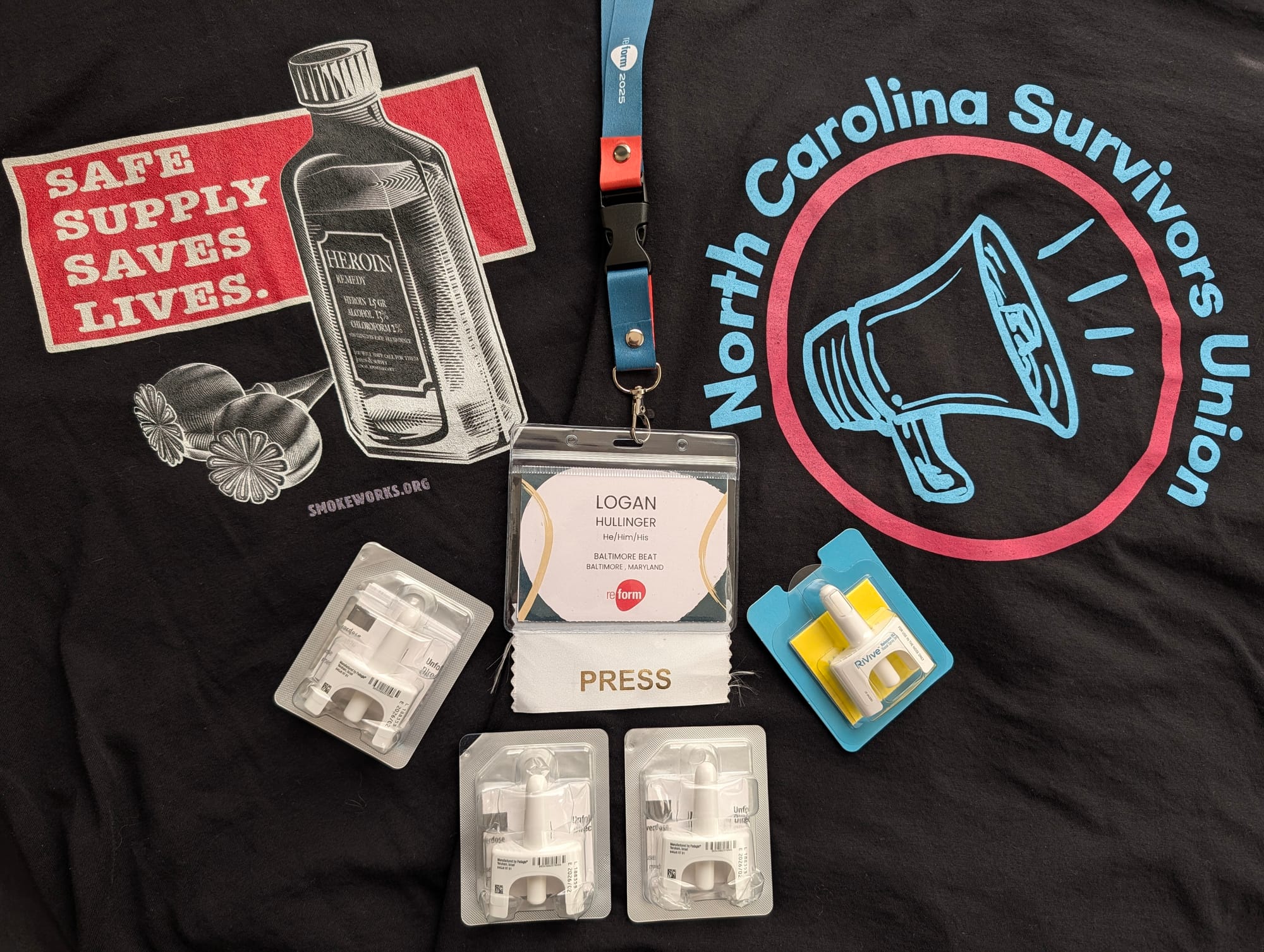
Comments